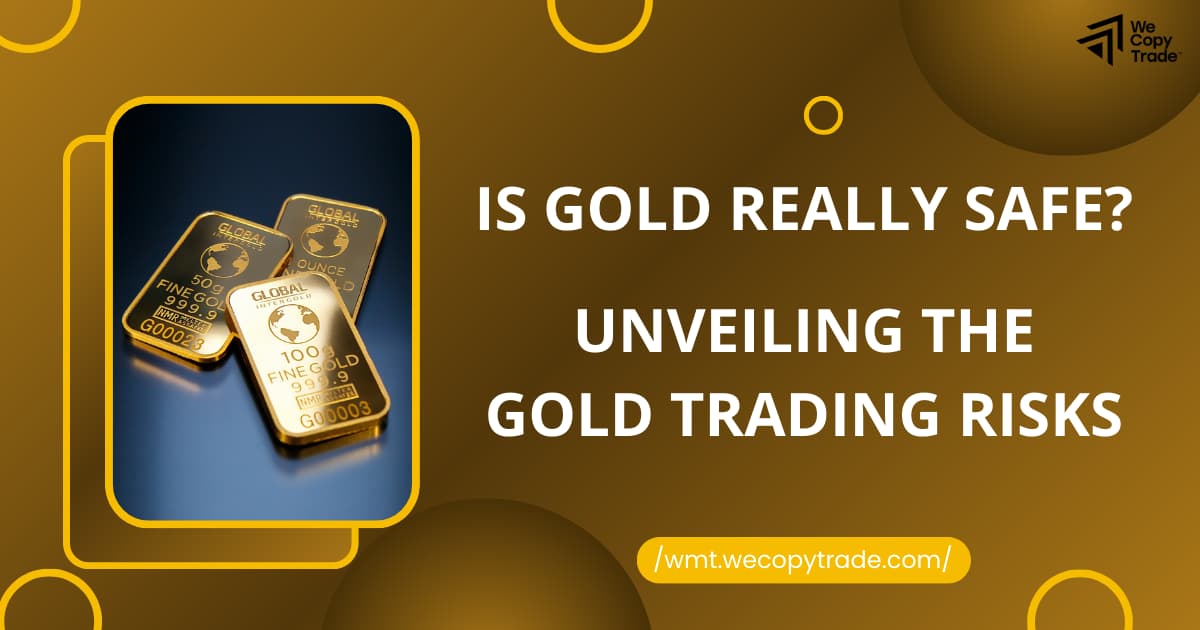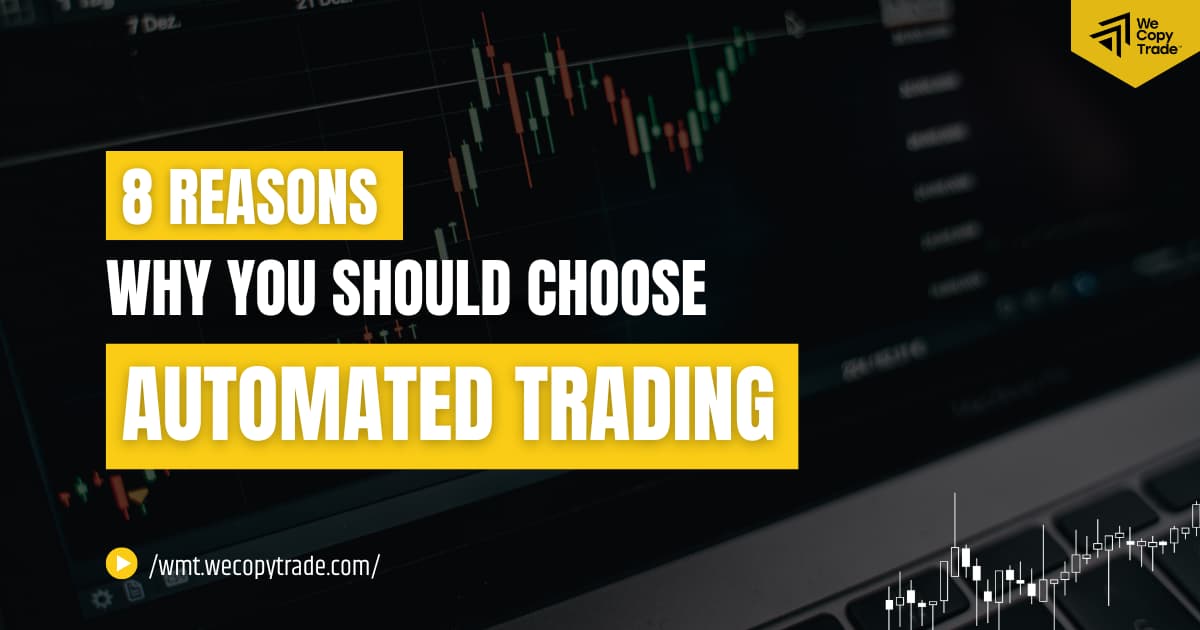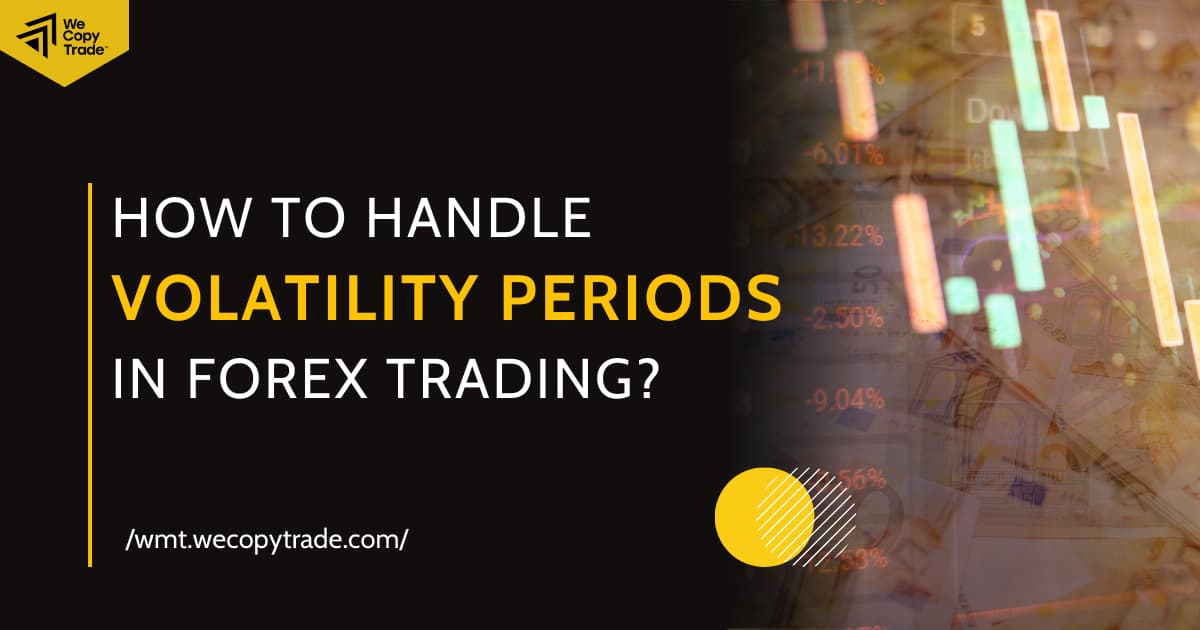
Gold is considered as a safe investment, but there are risks involved that many investors may not know. Like any investment, gold prices may rise or fall depending on the market. It is important to recognize that even this traditionally stable investment comes with uncertainties. In this blog post, we will discuss some of the gold trading risks that investors should understand before putting their money into this precious metal.
Understanding Gold’s Perception as a Safe Asset
Gold has long been a prevalent investment asset and it continues to be seen a safe-haven asset and a hedge against economic volatility.
Benefits of gold trading
- Accessibility: Gold trading does not require a large initial fund so investors can easily enter. This makes gold an accessible option for those without huge capital to put into the market.
- Leverage: Gold trading provides traders with incredible leverage over other assets, letting them to boost earnings without committing large sums of capital.
- Price stability: Unlike more volatile markets, gold prices have remained fairly consistent over extended periods. This helps gold traders predict and make more well-informed decisions about buying and selling based on long-term price trends.
- Easy liquidity: Selling gold investments is faster and simpler than other assets because gold has a long-established demand. Traders can readily tap into buyers willing to pay competitive prices.

Why gold is a safe asset
Gold is often considered a safe asset to hold because it provides diversification, acts as a store of value, and can hedge against inflation.
Diversification
Gold provides diversification for investment portfolios because its price does not usually move in the same direction as stocks or bonds. Having some gold can help balance a portfolio and reduce risk during times when other assets decline in value.
Store of value
Gold has held its value over very long time, even throughout major economic crises and wars. It maintains purchasing power well against other assets and currencies. An investor can buy gold now knowing that it should retain value for many years into the future.
Hedge against inflation
When prices for goods and services rise rapidly during periods of high inflation, gold often increases in price or even faster. Gold helps investors maintain their wealth and buying power when paper currencies lose value due to inflation. It is an effective protection for purchasing power during times when inflation reduces the value of money.

Types of Gold Trading Risks
While gold investing is often seen as a safe investment, it is not completely risk-free. Here we look at some of the most popular types of gold trading risks.
Market Risks
There are a few key risks involved in trading gold as a commodity on financial markets:
- Volatility: The price of gold can rise or fall significantly in response to external events. Major economic news, geopolitical crises, or fluctuations in market sentiment can all cause gold prices to fluctuate dramatically in a short period of time.
- Macro factors: Broader financial and economic conditions also influence gold prices on markets. Swings in interest rates, adjustments to inflation expectations, or fluctuations in currency exchange rates versus the dollar can all impact the cost of gold.
Liquidity Risks
There are also risks related to liquidity involved with gold trading:
- Physical gold: It can sometimes be difficult to buy and sell actual gold coins or bars, especially if the markets become volatile. Things like shipping, storage and finding willing counterparties take more effort compared to trading digitally on exchanges.
- Market conditions: During times of extreme volatility or crisis in the financial system, liquidity in gold markets may decrease significantly. There is a chance of having to accept wider spreads between sell and buy prices for gold or difficulty finding buyers, at least temporarily.

The ability to easily convert gold to cash during periods of market stress is not guaranteed and special care needs to be taken regarding liquidity under different conditions. Maintaining diversified holdings helps mitigate these types of liquidity risks.
Counterparty Risks
There are also counterparty risks involved when certain gold investment vehicles are used:
- Derivatives and ETFs: If gold exposure is obtained through futures, options or exchange-traded funds (ETFs), there is reliance upon the continuing ability of the counterparties operating these products to fulfill their obligations. Problems at an ETF sponsor could impact the value held.
- Custodial risk: Entrusting physical gold stocks to a custodian or vault operator necessarily introduces some risk if those gatekeepers encounter financial or logistical troubles. While very rare, reputable custodians could potentially face issues that affect security of stored assets.
Being aware of dependencies on other entities is prudent when utilizing derivatives, funds or third parties to access gold markets. To mitigate these potential risks, gold traders need to conduct due diligence on partners.
Regulatory Risks
Factors outside of the markets also present risks that need considering:
- Regulatory changes: Changes to government rules or taxes regarding gold could influence how easy or costly it is to buy, sell, or store the metal. New laws may unexpectedly impact profits or access.
- Geopolitical events: Events like war, unrest, or tensions between countries tend to breed uncertainty. Such unpredictability in the political sphere globally has regularly moved gold prices in the past.
Staying aware of potential regulatory and world developments helps traders better understand risks beyond purely financial market variables. Prudent diversification mitigates over-reliance on one asset or market region.
Factors Influencing Gold Price Volatility
Factors impacting the price of gold
Before investing in gold, traders need to understand about the different factors which can have a significant impact on the price of gold.
- Supply and demand: When more people and countries want to buy gold, it pushes the price higher. If less want it, the price drops. Supply also affects this.
- Inflation rates: Gold is seen as a safe investment when prices for other things are rising quickly. So if inflation gets higher, gold prices tend to rise too.
- Interest rates: When rates banks charge go up, gold usually does better. But lower rates sometimes mean gold does worse.
- Currency fluctuations: Gold trades in US dollars, so a weaker dollar often makes gold cost more overseas – raising global demand and prices.
- Economic reports: News about jobs numbers, spending or growth that is better or worse than expected can cause gold’s price to suddenly change up or down.
Tips for Mitigating Gold Trading Risks
There are some things you can do to help lower the risks of losing money when trading gold:
- Diversification: Do not put all your investment money into just gold. Mix it with other assets like bonds, real estate and stocks to balance out risks.
- Risk management: Be careful about how much leverage or borrowed money you use. Set limits for losses so you don’t lose more than planned. Take some profits when gold has big gains.
- Due diligence: Do research on the gold trading platforms, brokers, and storage services before signing up. Look at their reputation, security and customer service reviews from others. Knowing your partners helps prevent problems.
Following these tips can help in managing the unpredictability of gold prices and the various risks involved with the gold market. No investment is risk-free, but spreading out funds and preparing appropriately can help address volatility concerns.
Final Words
To wrap it up, while gold has long been seen as a stable investment, there are risks involved that are good to know. Gold prices can fluctuate and be impacted by different factors. By understanding gold trading risks and using prudent risk management strategies, traders can help balance these risks for potentially safer participation in the gold market over time. For further gold trading tips, check out our blogs at https://wmt.wecopytrade.com/blog.





